“I’ve read about black apples,” I said as we were served at our favorite restaurant. “But black carrots and black potatoes?”
“You’ll be pleasantly surprised,” the server replied.
My vision of black produce was of the kind long past the edible stage and well on the way to the compost pile. I poked at the small black potato. There was a red one next to it, as well as a few white, but the black one intrigued me.
The waiter chuckled softly. “I get asked that question all the time. No, they’re not bad. The black potato may be a little softer than the red or white, but they’re tasty.”
I poked again at the black ball on my plate. Then turned my fork to the black carrot that sat nestled in a bed of the traditional orange carrots. Braving the challenge, I forked the potato, swirled it in a mound of butter on the edge of my plate, and after testing to make sure it wasn’t too hot, plopped it in my mouth.
And yes, I was pleasantly surprised.
I decided then and there to add some black produce to my garden plot. Later at home, some research introduced me to all kinds of black produce. From grapes and apples to the potatoes and carrots I had just enjoyed, and black tomatoes I had yet to try. I was sure there were more and was intent on both growing and enjoying each and every one of these specialty varieties.
Black foods are in the limelight as the new food fad, and there are many unexplored benefits. Although, the definition of black fruits and vegetables is perhaps, too loosely applied. Many of these dark-colored foods, grown in the garden or on vines, are actually a dark purple, or as in the case of blueberries, a dark blue. Their colors may or may not classify them as true black produce but there is a long list that qualifies as definitely black: blackberries, black currants, black cherries (my favorite summer sweetness), and black plums (which could arguably be classified as deep purple). These are but a few black, fruit treats.
Until the appearance of the black potato and carrot on my dinner plate, I hadn’t considered black a common color for vegetables. I have enjoyed eggplant for years but considered the skin tone to be more of a deep purple than black. There’s even a black pepper (which again I would classify as dark purple and not black) as well as black tomatoes, radishes, and corn that are varying degrees of black and purple. There are also some lentils and grains that fit under the category: black rice and black sesame seeds, for examples.
So there is a growing interest in black-colored produce, and here are some options to add to your dinner plate and enjoy.
Black Potatoes
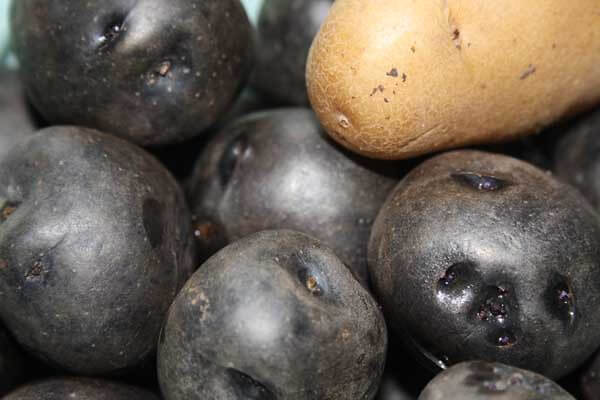
My exposure to black potatoes comes from cutting them open and finding a darkened core. It’s a type of potato rot, often called blackheart. The potato is decaying in the center, and even though you can cut away the blackened core and eat the remainder of the potato flesh, it’s not as savory as one would anticipate.
I was surprised to discover there are several varieties of black potatoes. Some varieties sport a deep purple hue of skin rather than black, while others have black or dark blue or purple veins that circumnavigate the flesh. There is the all blue potato (and yes, it’s called “all blue”) which is a deep blue both inside and out. The texture is dry, but it holds its shape when cooked. Most people enjoy this potato best when baked and covered with butter (or your preferred dairy or nondairy, spread). It keeps its blue color when baked.
Purple majesty is another dark-colored potato. Oblong in shape, the skin and flesh are a dark purple. This potato also maintains its color and shape when baked. High in antioxidants, it serves well in soups or salads, or roasted.
The most common and truly black potato is now considered a heritage potato: the Shetland Black (Solanum tuberosum). As you may well assume, the origin of this potato is the Shetland Islands, and it’s cultivated throughout the United Kingdom. The plants don’t produce large crops, so these potatoes are rarely found outside of the U.K. Medium-sized, and oval or kidney-shaped, these gems are nothing like other dark-colored vegetables. They may look strange, and have dark rings around the inside of the skin and throughout the flesh, but they taste pretty much like any other potato. I must confess I found the texture to be a little dry, almost like a flour paste.
There are varieties of black potatoes grown in other parts of the world as well. Many of them more dark purple than black. Among these varieties are the purple explosion, true black dark night, Russian blue, black woman, black prince (this one has a slightly nutty flavor), Chinese truffle, and purple Viking. The attraction to black potatoes has little to do with crop yield as most have small yields and produce a small potato tuber. However, many of these varieties demonstrate a tolerance to high temperatures and are resistant to the destructive Colorado potato beetle. Some show an immunity to common potato blights and can be stored for long periods of time.
Black Carrots
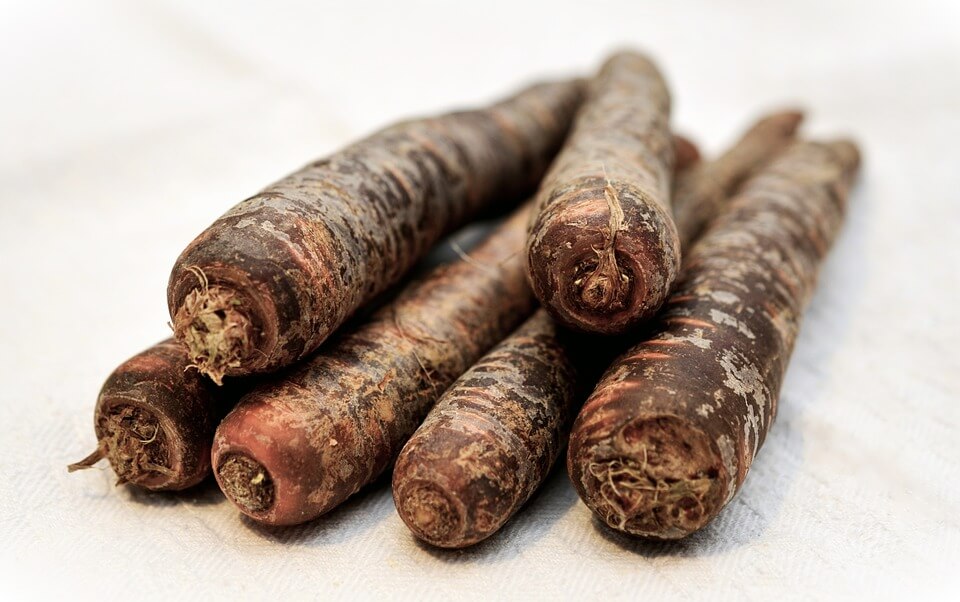
Did you know the U.K. has a carrot museum? It’s called the World Carrot Museum (http://www.carrotmuseum.co.uk/blackcarrot1.html) and it has everything you want to know about carrots, and more. So when researching the unique qualities of the black carrot, what better place to look?
I love carrots raw and fresh from the ground and am most accustomed to growing (and eating) orange carrots. There is a white carrot, more commonly called a parsnip, but it’s not one of my favorites and certainly not one to eat raw (my opinion, of course, others may differ). Black carrots? They’re not widely grown in my neck of the woods. Apparently, the black carrot, which goes by different names in different countries (it’s known as kaali gajar in India), has long been a staple in gardens and home cuisine, particularly in Asia. Apparently, the orange carrot which we love, has only been around since the 15th century.
So what makes the black carrot special? Surprisingly, this carrot is quite sweet and sometimes has a slightly spicy aftertaste. Its dark color is a result of the high concentration of anthocyanin, while the orange carrot is higher in beta-carotene. Both colors of carrots have unique health benefits. Black carrots are particularly beneficial in lowering high blood cholesterol, and apparently, the risk of neurological diseases like Alzheimer’s. Unfortunately, black carrots don’t keep well once harvested and must be processed quickly. In Turkey, black carrots are popular in juice as well as in kanji or salgam, a traditional fermented beverage.
Like black potatoes, there are different varieties of black carrots including the Antonina, beta sweet, deep purple, and purple haze. High in fiber and good for treating various inflammatory diseases, the black carrot has many of the same benefits as the orange carrot. Another interesting use of black carrots is in food coloring. As a natural extract, it makes an excellent black color.
Black Tomatoes
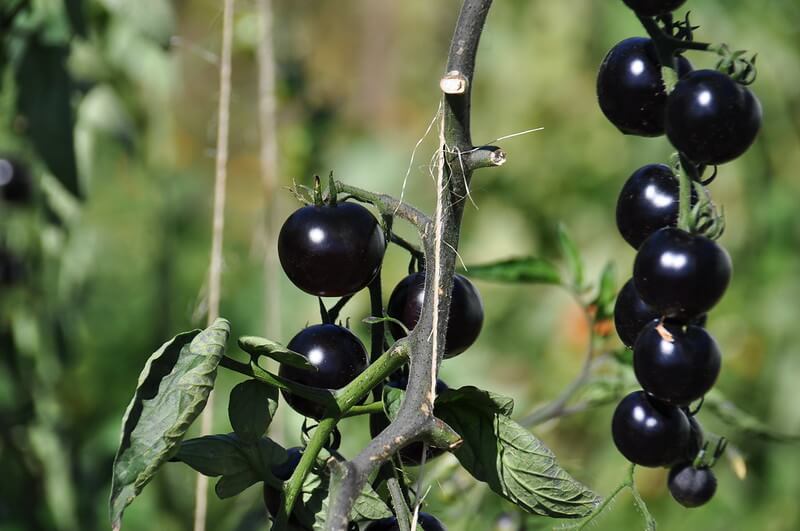
I have a friend who refuses to eat any other tomato. She claims the black tomato is significantly less acidic, probably due to its intense sweetness and slightly salty flavor. Of the many varieties of black tomatoes, her favorite is the black beauty tomato — what a grand, dignified name, and how suitable for a heritage tomato.
But there are other, mostly heritage, tomatoes: Black cherry tomato, black icicle tomato, Cherokee purple, black krim, and black vernissage, to name a few.
My main experience with black tomatoes is when a favorite beefsteak tomato is plagued with blight; a nasty black spot can start anywhere on the tomato and grow both around and inward until there’s nothing left that’s edible. I’ve had this happen several years in a row, but I’ve discovered that by sprinkling eggshells around the base of the tomato plant, the remainder of the tomatoes remain blight-free (but not black). I did try my friend’s black tomato recently. She chopped it, and added it to her tossed salad. Along with some black lettuce, her salad was a colorful display and tasty treat. She claims the black tomato also roasts well, and I wonder how it would do in my annual production of tomato soup. It would certainly change the color.
Like other varieties of tomato, the black tomato is high in fiber, and vitamins A and C. It’s also a good source of lycopene which is a natural preventive against cancer.
Growing Popularity With Black Produce &Foods
Naturally black due to the present of a plant pigment called anthocyanins, black fruits, vegetables, lentils, and grains are making headway in popularity, primarily for the major health benefits. The anthocyanins are helping lower the risk of heart disease and some cancers. Here are a few black-colored foods with significant health benefits:
Black sesame seeds
Slightly nutty and bitter with a higher antioxidant quality than their more common cousins. You can grind the black sesame seeds into a butter, called tahini, and use it instead of any buttery spread on toast, or anything you’d normally butter. In a stir fry, black sesame seeds add a bit of a tasty crunch.
Black mission figs
Sweet (though with less sugar than dates or raisins) and pasty-like jam as one would expect, providing a healthy dose of minerals that promote bone health.
Black garlic
I always considered myself a garlic connoisseur and yet, hadn’t realized there was a black variety that outshines the white. Good for the heart like all garlic, black garlic has a milder flavor that is more appealing to those who shy away from the more potent white bulbs. Use it in salad dressings or mix it with a buttery spread to make a tasty garlic bread. It works just as well in any of your favorite recipes.
Black rice
An ancient grain similar to brown rice that is a great source of vegetarian protein. It’s firmer than most with a slightly nutty flavor. Cooked black rice with milk, fruit, chopped onions, and honey makes a healthy and hearty breakfast, or a fabulous alternative to the classic rice pudding. Cooked black rice can also be added to salads to add color, flavor, and a slightly chewy texture.
Black mushrooms
Shiitakes are good for boosting immunity; black trumpets are full of the energizing vitamin B12 (more than found in other types of mushrooms). With a savory flavor, black mushrooms are a tasty addition to any meat or poultry dish, and best when sautéed.
And there are more examples of deep purple, dark blue, and black fruits and vegetables including deep purple cauliflower, dark purple herbs, and dark, almost black, asparagus.
I was surprised to discover so many black fruits and vegetables on the market. I have to confess to a few favorites. I love black grapes, blackberries, deep purple plums, and dark green eggplant. I even enjoy dark, often black, lettuce to add variety to the color of my salad. But, while many of you would confess to enjoying black coffee beans (some might arguably describe these beans as dark brown and only because of the roasting process), my all-time favorite is cocoa beans (also often described as a dark brown). Yup! My favorite dark-colored food is the most important food on the planet: chocolate. And you got it, the darker the chocolate, the more I love it.



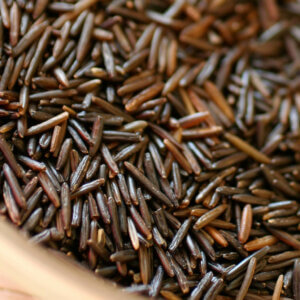

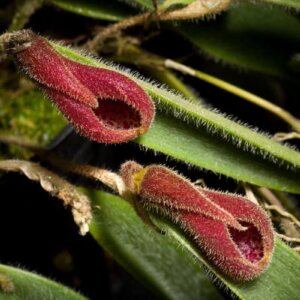
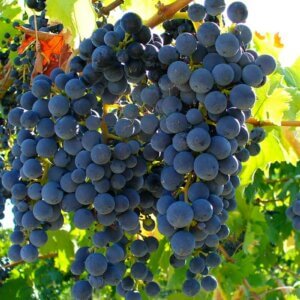

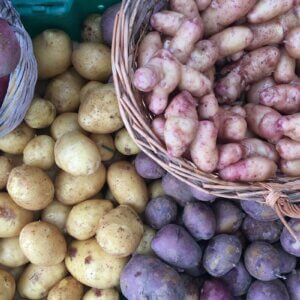
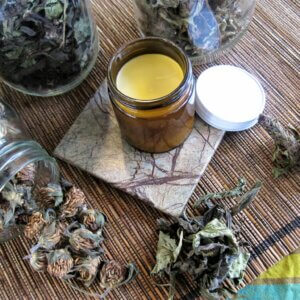

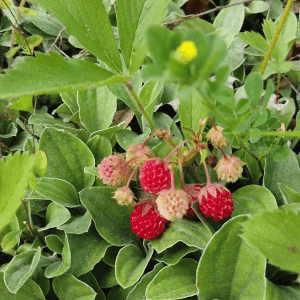
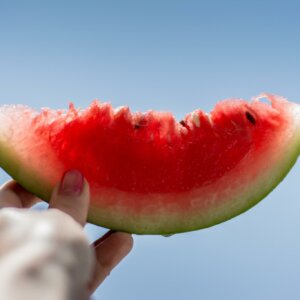


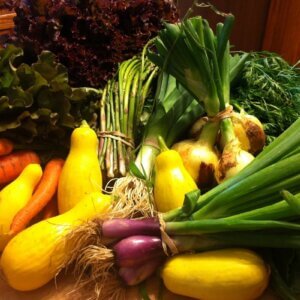



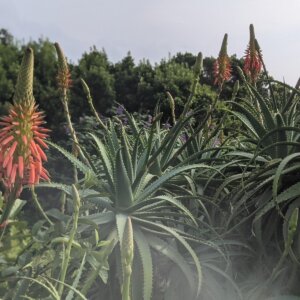


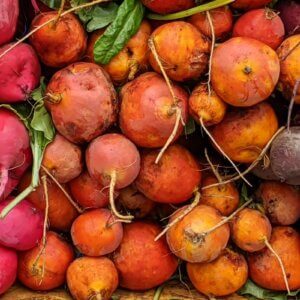
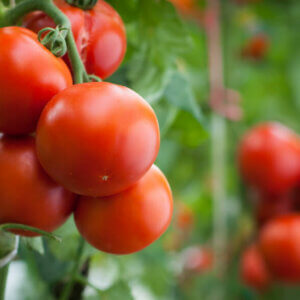


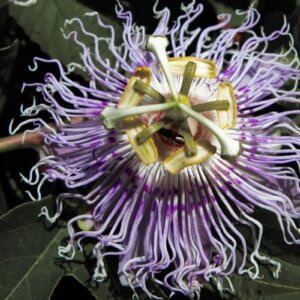



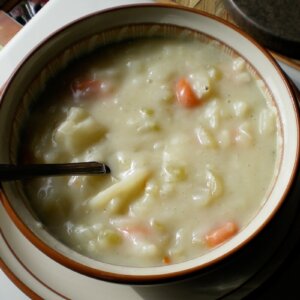
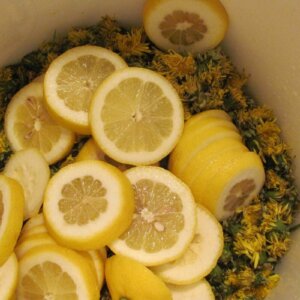


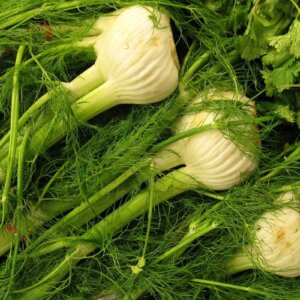


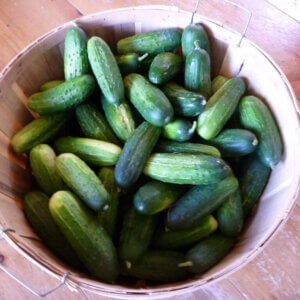




Leave a Reply